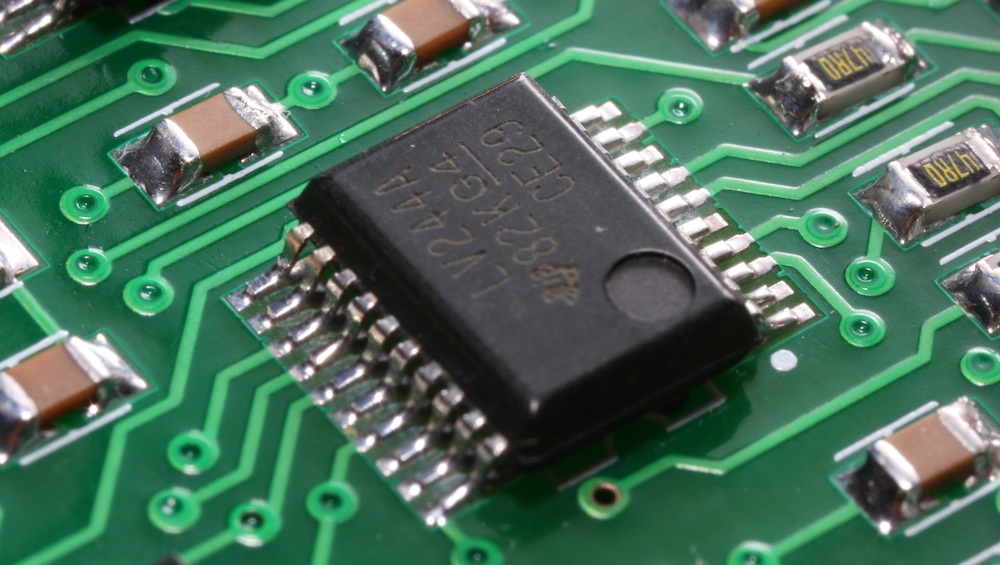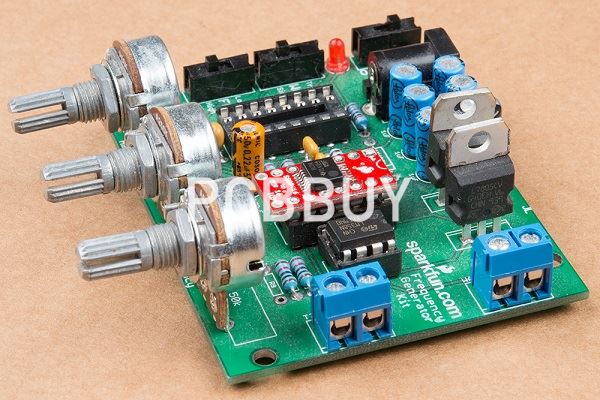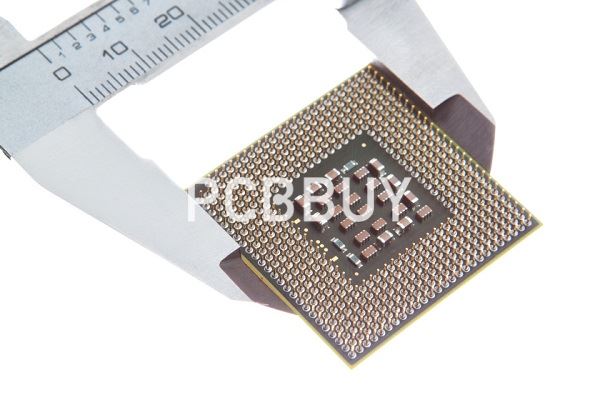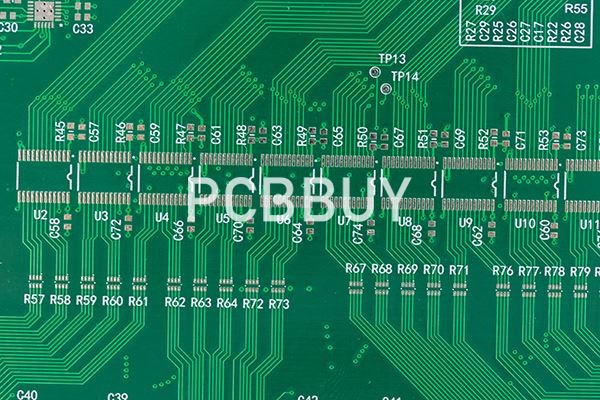Land pattern in PCB
By:PCBBUY 07/14/2021 17:12

A land pattern is the arrangement of pads on a circuit board. Primarily, a land pattern attaches and connects the electronic component on a circuit board depending on the layout and the design of the board. It is also important to note that land patterns should always match with the arrangements of lead. So, why is it essential?
Designing the land part is essential since it ensures reliability by determining the solder joint. It makes it easier to identify defects in the solder joint. Besides, it plays a broad role in repairing, testing, and cleaning the solder joint.
In this passage we will focus on land pattern in PCB and please check the content below for more professional knowledge about it.

What are the differences between land pattern and footprint?
What is the Footprint?
In the PCB world, the word footprint refers to a pattern that resembles the electronic component soldered there, irrespective of the connector you will use. An impression reaches your physical foot. When you stand on the sand, you will notice some dent that looks like your foot.
How do we distinguish between Land pattern and Footprint?
In PCB assembly, the word footprint and land pattern might mean the same thing and sometimes might differ for several reasons. You need to realize that when someone uses these words, there is a distinction. The observable difference between the two terms is that a footprint resembles a person’s foot. When you press your leg in soft sand, you notice the impression left behind. For a land pattern, it is the size of the pads. It resembles a part that is already there, which you design into PCB.

The PCB footprint is defined as the physical interface among electronic components or land pattern and printed circuit boards which is also comprising of the information of documentation such as reference, polarization mark, and outline. The land patterns are either derived from the dimensions of the component’s tolerances included or taken from the datasheet. This all is as per the standards of industry. Most probably the land patterns are also derived from same standard. It must have all of the connection points which are known as pads for soldering all of the electronic components over sit. The size, position, and shape of the pads must be aligned with the specifications of the datasheet for avoiding faults.
The pads are defining the features to be appearing on the paste layer, masks, and copper. The copper is known as the area which is covered by copper layer. Masks are the cutout region over the layer of solder mask, whereas paste the region of cutout over solder paste stencil which is utilized for the reflow soldering. The courtyard area is where none of the components are to be placed. The courtyard area is usually very large than that of combined parts body and pads area.
What is IPC-7351 standard?
Universally, PCBs must conform to specific standards formulated by the Institute for Interconnecting and Packaging Electronic Circuits. It is a trade organization that sets up various standards that protect both manufacturers and consumers from ensuring safer PCB products.

The IPC -7351 refers to the set dimensions you must use to create a land pattern essential for PCB footprints. These dimensions include:
· pad spacing (labeled as G),
· the pad width (labeled X),
· the pad end to end dimension (labeled Z).
· They will help in the accommodation of component spacing, thereby preventing solder defects.
You need to understand that there is a need to calculate the G, X, and Z. the first thing we will know about is the formula to use;
2
When designing, you need to ensure that the land pattern can accommodate solder fillet on every lead’s edge. Here you use three J values as shown above. For parameter S, you measure the component’s outer edge while measuring the end of the charges. The minimum and maximum dimensions mean that you need to include dimensional tolerance. You use the letter C to show patience for each size.
Other matters of IPC-7351 standard
One world CAD library is what the IPC-7351 bar has createdDoing, increasing the consistency of the PCB footprint. When it comes to print, it is more than the drawings done on paper. It will include the PCB land pattern, solder mask, component outline, and silkscreen markings when you use CAD software. When designing your land pattern, when you use CAD software, it is careful to recommend sizes. Ensure you do not violate the standards set.

Description of land pattern size design
There is a need to confirm the size of the land pattern. It will help you to decide on the best amount of solder that you use. The size of the solder you use to mount a capacitor plays a broad role in influencing capacitor directs on the printed circuit. Therefore, you need to make enough consideration when deciding.
When designing your land pattern and your amount of solder is much, you cause trouble to the capacitor. It may easily crack. It necessitates the need to set up the right size of the land pattern for the solder amount. Again, when the solder amount is little than required, the terminal’s strength will not be enough. Your capacitor may drop from the printed wire board. It also affects the reliability of the circuit.
When it comes to the actual standard size, creepage distance should be 2.5 or even more. For the dimension, a suitably certified capacitor should be 3.0 to 3.5 mm. To prevent electrical discharge, you need to ensure a slit between the lands or cleaning.
Industry Category











